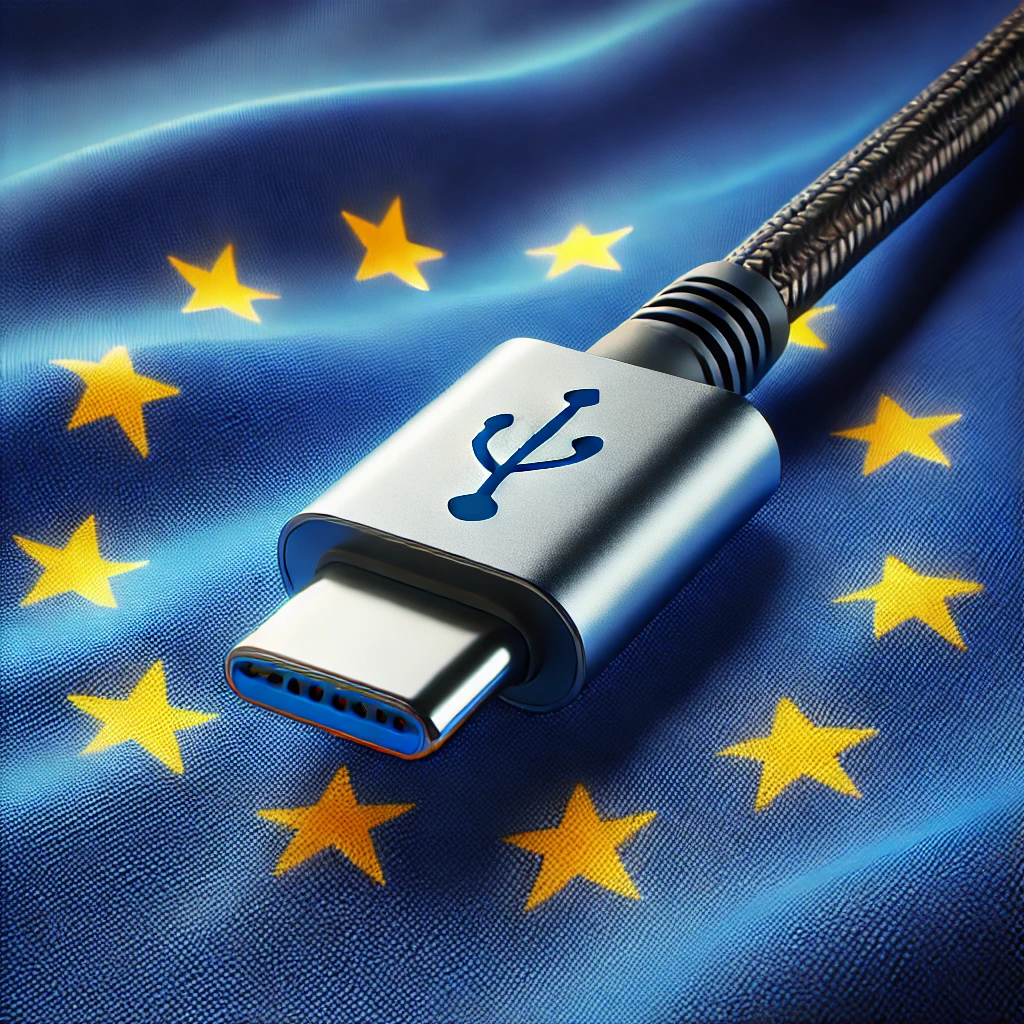The European Union’s groundbreaking Common Charger Directive (EU) 2022/2380 came into effect on December 28, mandating the use of USB-C charging ports across a wide range of electronic devices sold within the EU.
This landmark regulation aims to simplify charging for consumers and drastically reduce electronic waste. But what does this mean for consumers and manufacturers, and how can they adapt to the changes?
Here’s a detailed breakdown of the directive, its implications, and what you can expect.
Why the EU Is Implementing This Mandate
At its core, the Common Charger Directive is part of the EU’s broader environmental strategy, tackling the growing issue of electronic waste caused by unused and outdated chargers. By introducing a universal charging standard, the EU seeks to create a more sustainable future while making life easier for consumers.
Key objectives of the directive include:
- Universal USB-C Ports: Mobile phones, tablets, cameras, and other devices will need to feature a USB-C charging interface, simplifying compatibility and usage.
- No Bundled Chargers: New devices will no longer include chargers, reducing unnecessary production and minimizing waste.
- Standardized Fast Charging: Devices will support harmonized fast-charging technology, ensuring consistent performance across chargers that meet EU standards.
Challenges and Opportunities for Manufacturers in Transitioning to USB-C
While the directive promises significant environmental and consumer benefits, it poses challenges for manufacturers. Companies will need to act swiftly to ensure compliance within the tight timeline and avoid penalties.
Here’s what manufacturers should have done:
- USB-C Integration: Assess all product lines and redesign devices to include USB-C charging ports by December 28, 2024.
- Fast-Charging Compliance: Adopt universal fast-charging protocols, such as USB Power Delivery, to ensure devices remain competitive and efficient.
- Transparent Labeling: Update packaging and product descriptions with clear charging specifications, helping consumers identify compatible chargers quickly.
These requirements also create opportunities to innovate in charging technology and explore new eco-friendly product strategies.
How the Mandate Benefits Consumers and the Environment
The EU estimates the directive could cut down on approximately 1,000 tonnes of e-waste annually, as fewer obsolete chargers are discarded. Consumers are also expected to save up to €250 million per year by not needing to purchase new chargers with every device.
Beyond these immediate benefits, the regulation could fuel advancements in charging technologies, improving charging speeds and efficiency while pushing the industry toward more sustainable practices.



